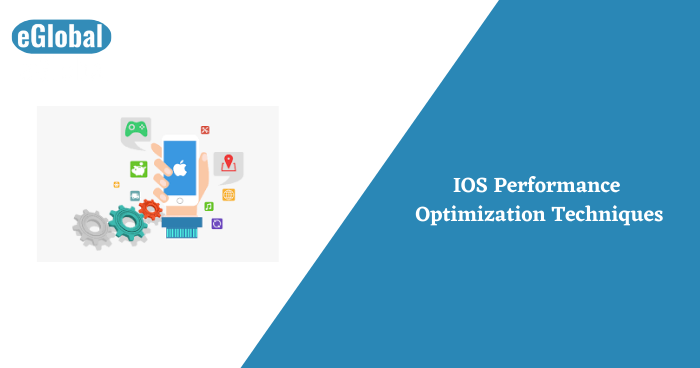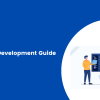

IOS as software has been considered a hallmark in the mobile software industry. With a huge success rate and top-notch user interface, ios software is highly sought after by the users.
As the interface develops with time, the performance optimization for ios-based apps has become more and more complex. By these standards, your app needs to provide a seamless experience for the users. The slowness or unresponsiveness of the application will go down to hurt your approval ratings. The challenging aspect of developing an ios app is the limitation in the sample space of devices. Adequate planning and decisions need to be made with the performance in mind. Any compromise or lackluster performance will only hurt the quality of the application.
ARC stands for Automatic Reference Counting. This feature was launched with the ios-5 software update. ARC was brought in to avoid common memory leaks in the program. Initially, one had to manually manage the release cycles in the application’s code. It is very tedious and time-consuming to manually manage the release cycles.
Automatic Reference Counting automatically manages the release cycles, hence boosting and optimizing performance simultaneously. The optimization is also facilitated by object reallocation by the ARC, this helps in the smooth performance of the application.
One of the key factors that go into the success of a well-developed application is its responsiveness. Ios developers make the common mistake of using the launch screen as branding or an animation element. This adds additional processes which effectively slow the launch. Ideally, having the first screen of the app as your launch screen will provide a quicker response. Branding or animating the launch screen will inevitably make the app slow which is frowned upon by the userbase. The launch screen is also static. Thereby any text will cause localization issues while changing languages.
The golden rule among ios developers is to never put heavy weight on the main thread. The UI kit is supposed to maintain and execute the workflow on the main thread. The UI kit will take care of executing the drawing, responding, and managing touches. It is critical to keep the main thread optimized and light weighted to maintain seamless performance. Placing heavyweights and processes on the main thread will risk the app’s performance by opening up to blocks and unresponsiveness. Let the UI kit manage the main thread while the rest of the heavyweight is distributed among the branches of the main thread.
There is an administrative requirement for publishing ios applications on the Apple Store. Inability to meet this requirement will halt the publication of the application. Programming and installing the Apple ID code will help in application improvement. There is no additional expense to programming and installing the Apple ID code to the application. However, there is a 100 US Dollar expense annually to have the application on the ios store. The Apple ID is associated with the signature of the developer. It credits and labels the developer as the designer of the code. Catering to this installation of the Apple ID code will ease publication without administrative delay.
Returning to the same user interface state from where they left the application is called state restoration. State restoration is a key factor in ios app development. Without state restoration, the user loses the ability to come back to a state like when the user left the application. This means that when you close the application midway, it’ll start over from the launch when you re-open. This hampers the user interface and the user experience. The UI kit aids the developers by simplifying state restoration and state preservation. The state is saved and loaded automatically by the UI kit.
Testing before the developed application release is criminally essential. The application Testing before the release will allow the developers to monitor the performance, response, and result of the application. Any overhead issues will come out during testing. This helps the developers in identifying and fixing the issues at hand. A/B testing is the most common/efficient way of testing the application. This sends two different versions of the product to different audiences to measure and compare. This measurement will help ascertain the right version for the market launch. Compromised testing is a compulsion as any bargain will hurt the application’s performance and its value in the market.
These tips and tricks will help in optimizing the ios performance. One should keep in mind that these techniques will optimize the overall application but will not help in fine tuning. Focusing on optimizing will be of no use if the application is not built and developed properly. It is advisable to focus on improving the features and accessibility of the application before jumping into optimizing the performance of the app.
Hope this Article is informative for our readers! hire best developers India for App development solutions for your future projects.

Mar 12, 2025

Mar 11, 2025

Mar 7, 2025

© 2017 All rights reserved.